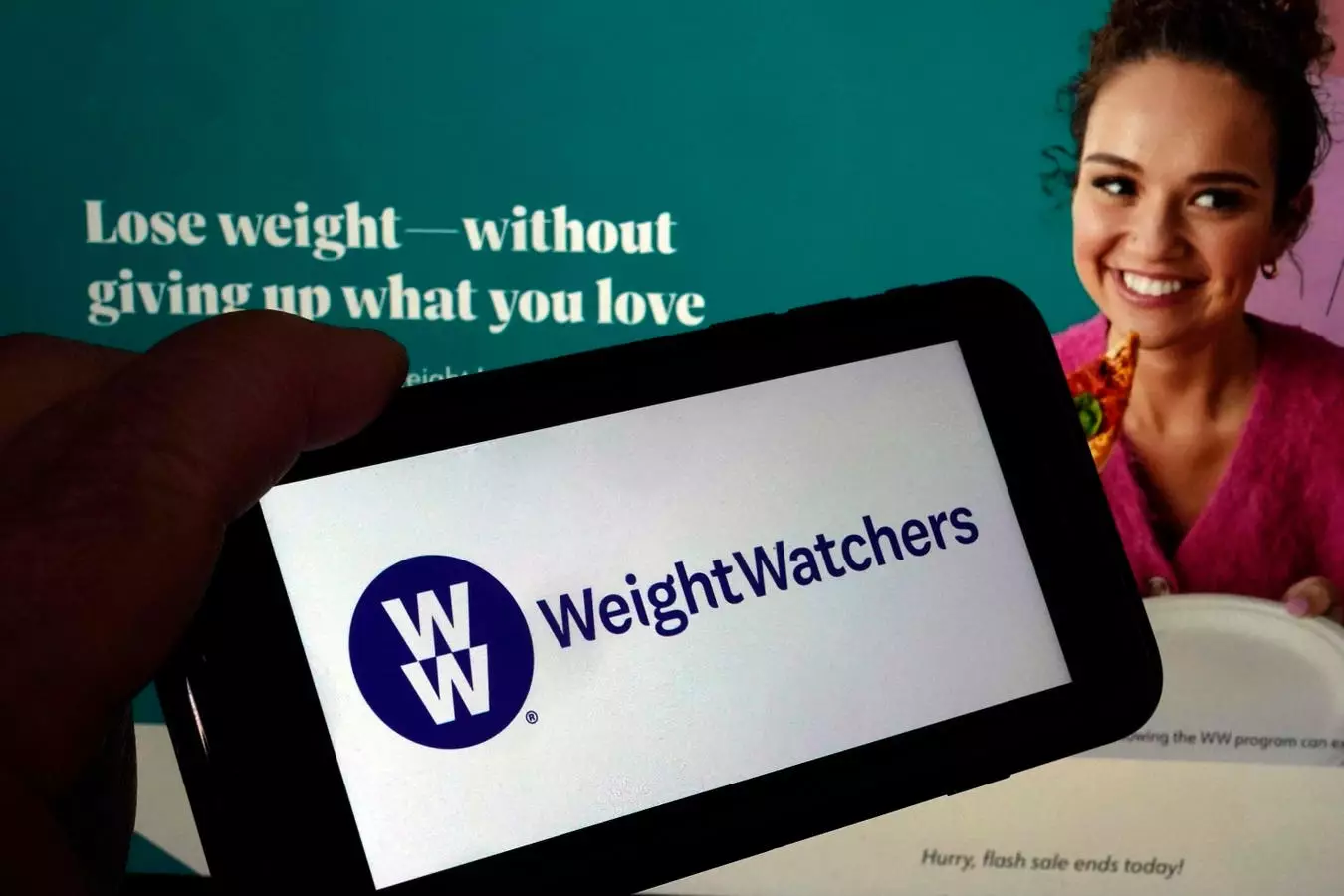The recent announcement of WW (formerly WeightWatchers) filing for bankruptcy extends beyond the financial realm and cuts to the core of cultural transformation surrounding our approach to health and wellness. For decades, WW has been not just a name but a trusted companion for millions as they navigated their food and weight loss journeys. With communal weigh-ins and interactive workshops, the experience created a familial atmosphere, allowing individuals to share struggles and successes alike. However, the ascendance of digital solutions, AI technologies, and clinically driven interventions urges us to reconsider: Are we sacrificing essential human connections for clinical convenience?
The current landscape sees WW, amidst its struggles, pivoting towards digital innovation by incorporating telehealth platforms that provide prescriptions for GLP-1 medications, such as Ozempic and Wegovy. While clinical studies indicate that these medications can yield significant weight loss when complemented with lifestyle support, the underlying message remains complex. Are we inadvertently embracing a reductionist view of health? By focusing predominantly on clinical outcomes, have we neglected the essential nuances that promote emotional and social well-being?
Medicalization vs. Community Support
The bankruptcy of WW shines light on two critical paradoxes in today’s wellness culture. Firstly, as obesity converges with clinical definitions and solutions, we witness a pronounced desire to medicalize the weight journey. This approach undoubtedly helps to destigmatize obesity for many. Yet, while this medical lens can offer some clarity, it risks oversimplifying a multifaceted issue that encompasses systemic factors such as food accessibility, economic conditions, and societal stressors. By relegating weight management to mere biology, are we limiting our scope of understanding?
Research over the years indicates that while digital intervention tools such as mobile apps may offer short-term success, sustaining transformative health changes becomes increasingly elusive without the component of community engagement. A 2019 study highlighted the disparities between web-based interventions and traditional in-person models. The latter foster deeper connections that facilitate accountability—an essential component often absent from solitary digital interactions. While telehealth has been praised for its convenience and accessibility, the relational experience intrinsic to gathering with like-minded individuals gradually fades.
Generational Shift in Wellness Perception
Another layer complicating WW’s predicament is the generational shift in how people perceive food and wellness. The digital-native Gen Z, for instance, values authenticity, mental well-being, and sustainability over rigid dietary frameworks. This shift in consumption patterns is evident in their increasing proclivity towards intuitive eating practices and functional foods, drawing them away from the stringency of calorie counting and point systems. Similarly, Millennials, engrossed in juggling career and family responsibilities, are gravitating towards convenience, as suggested by the notable increase in frozen food expenditures—a diverging priority from weekly weigh-ins.
Even older generations, once loyal to WW, find themselves at a crossroads. According to studies, Baby Boomers and Gen X, who have embraced technology, display a strong preference for face-to-face interactions. The transition from tactile community experiences to impersonal mobile applications diminishes the richness of interpersonal relationships that once buoyed many through their wellness challenges. It is no wonder that the shift has felt jarring for long-time members; the human connection cultivated in those meeting rooms serves as an emotional anchor.
The Human Element in the Age of Digital Wellness
The quiet retreat of previous communal spaces in wellness reflects a broader, more profound narrative: the slow erosion of shared human experiences around food and care. In an age where wellness can be outsourced to algorithms and app designs, we are at risk of replacing intricate social exchanges with sterile digital prompts. Though technology enhances efficiency, it cannot replicate the joy, camaraderie, and understanding that emerges when individuals unite around a common goal.
WW’s decline reminds us that wellness is not merely a business; it is rooted in community and human connection. As we continue to embrace AI-driven diets, subscription models, and medical solutions, we should ponder the broader implications of this cultural shift. What will be lost in the absence of shared spaces that once offered empathy and understanding? In our pursuit of health, we must remain vigilant about maintaining the elements that foster connection, support, and humanity in our ever-evolving wellness landscape.


Leave a Reply